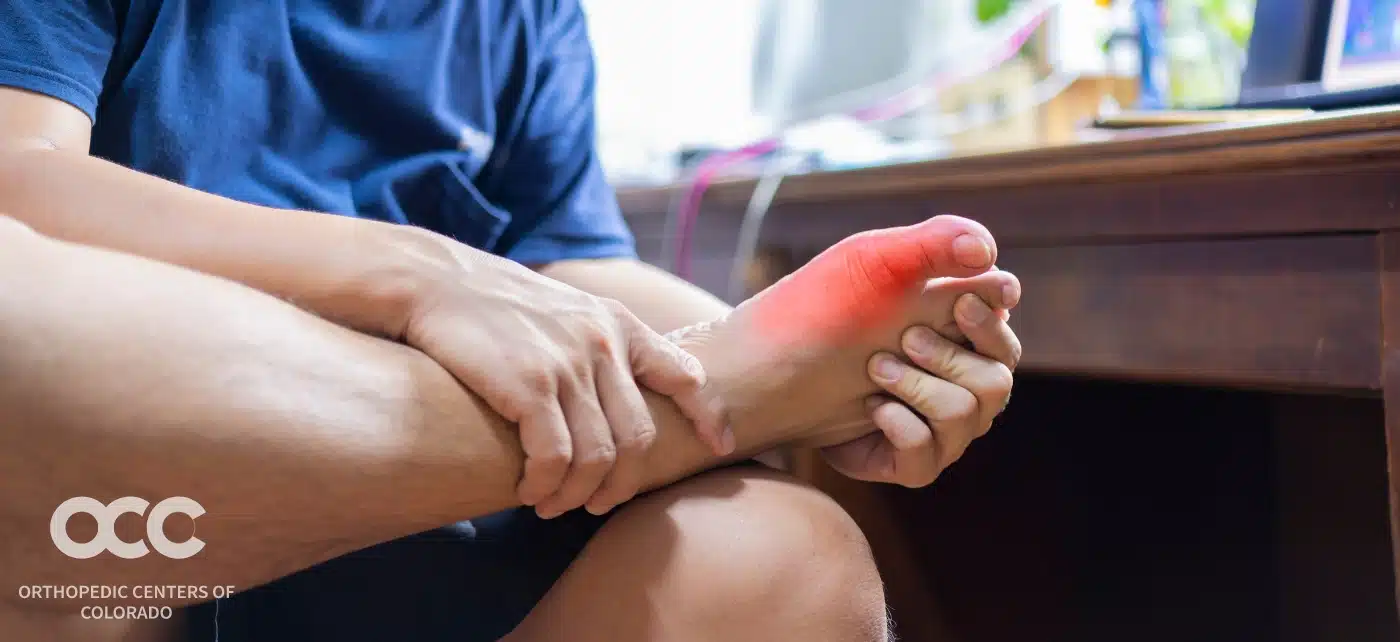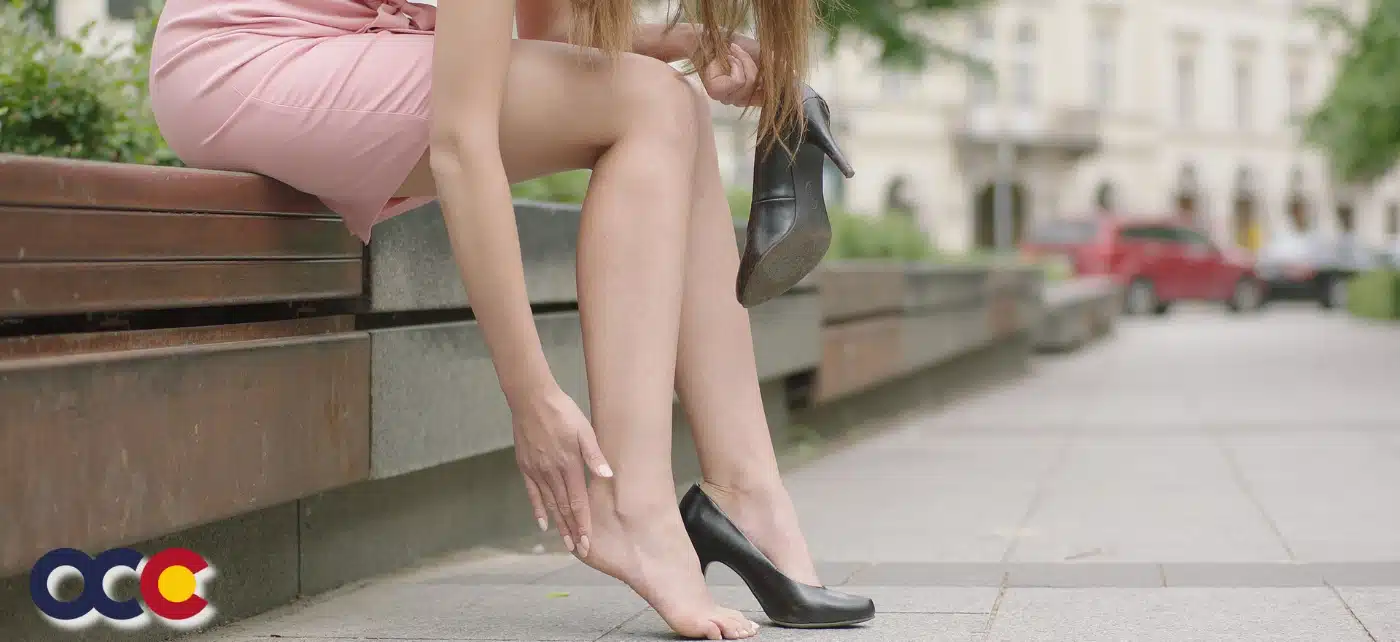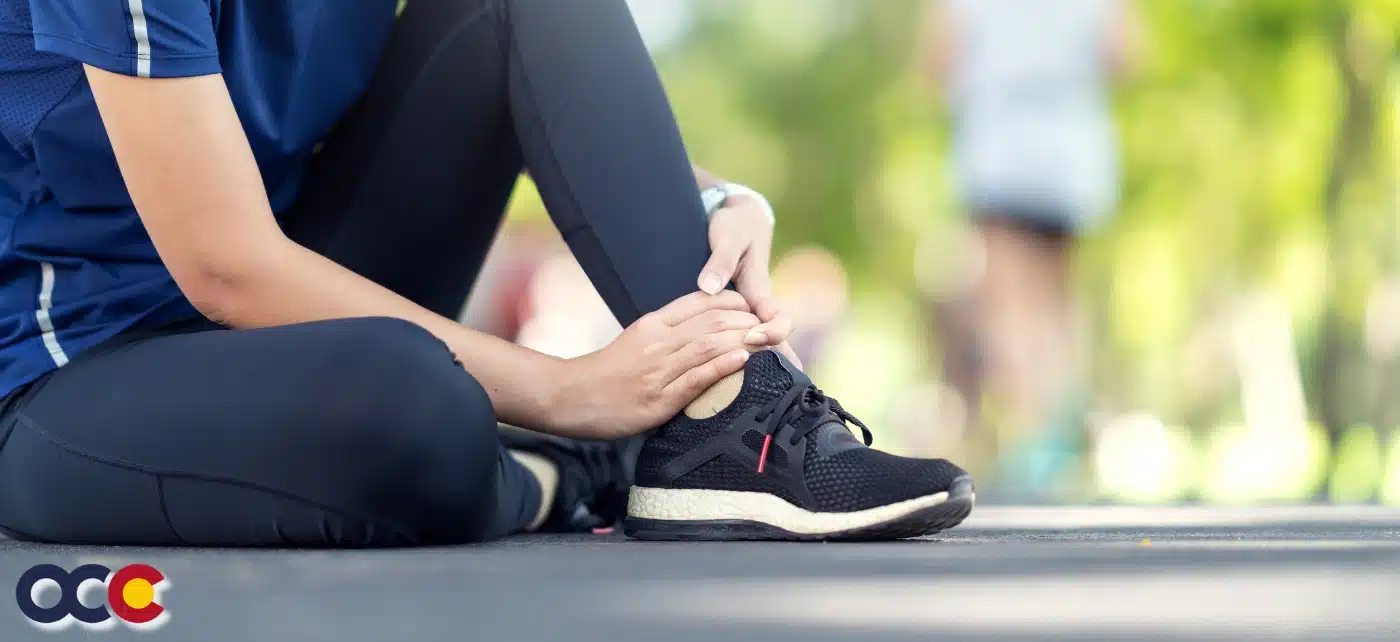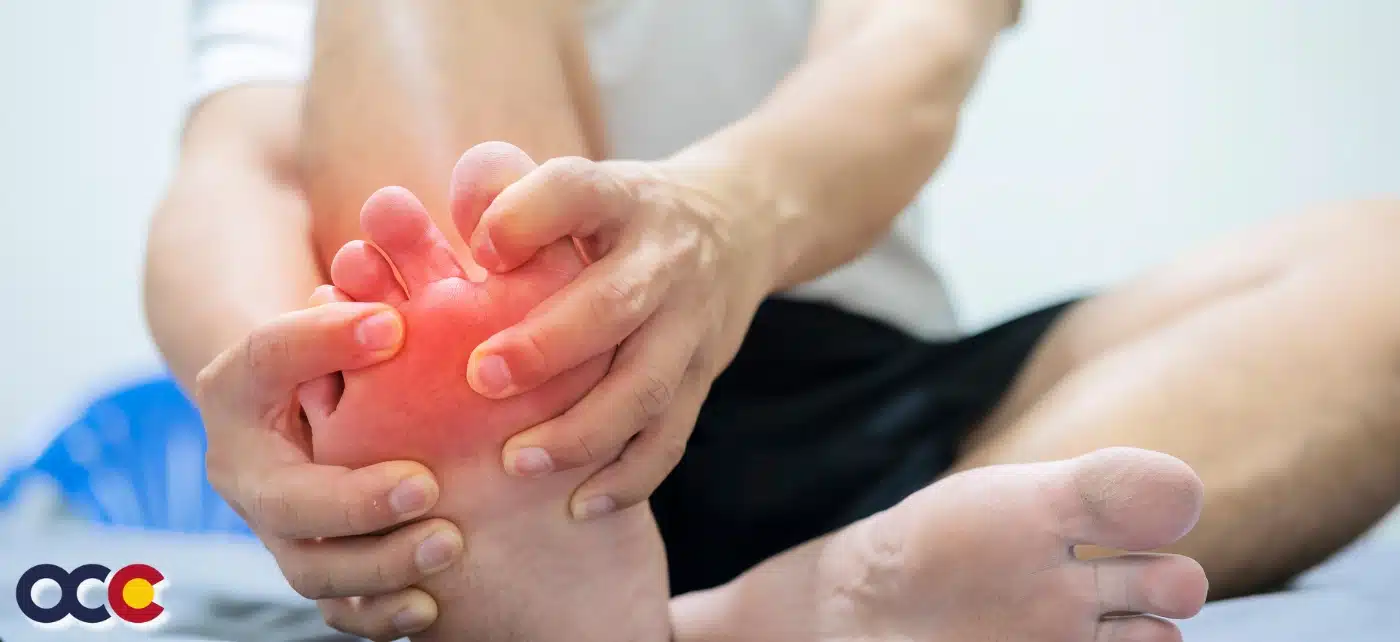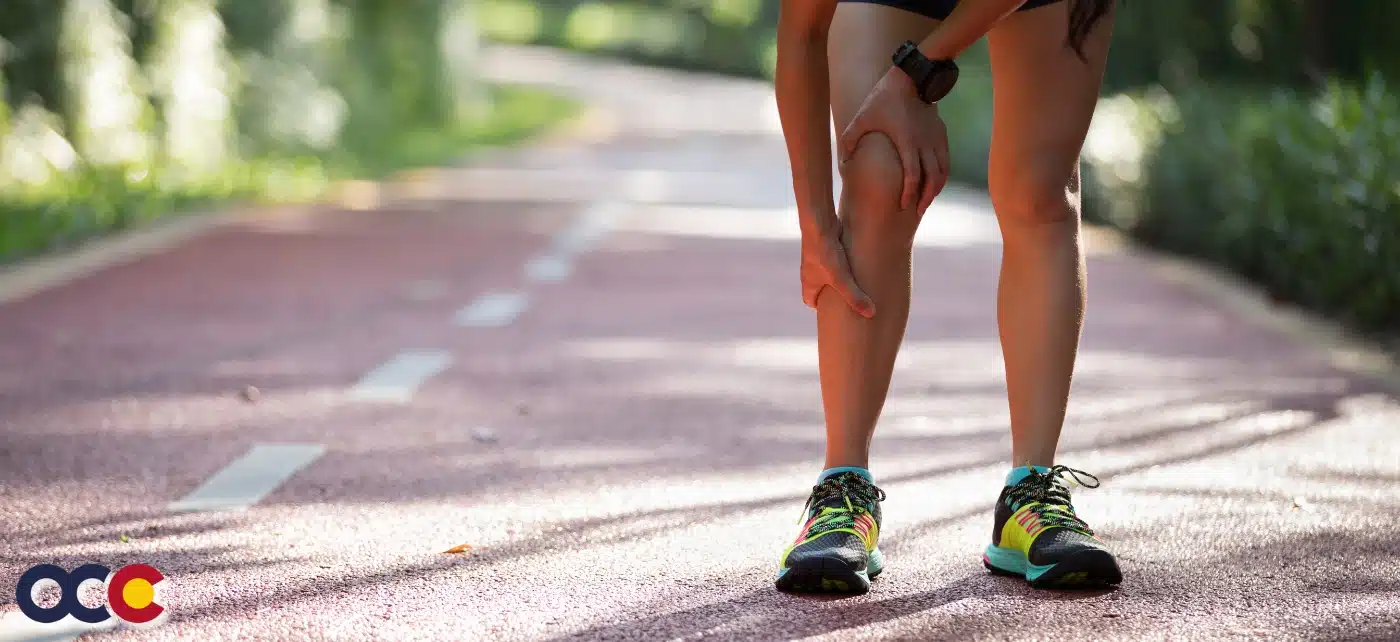Although largely related to football players because of the “turf” reference, turf toe can happen to anyone, causing tears or sprains around the big toe joint. If severe enough, it can cause pain and other disabling symptoms and sideline anyone with a turf toe injury from functioning in day-to-day activities. Turf toe requires patience and time to achieve a full recovery. That is why it is important to consult with an orthopedic specialist at Advanced Orthopedics in Denver, Parker, or Aurora, Colorado, before the damage from the injury can progress.
OVERVIEW
Turf toe, also called a metatarsophalangeal joint sprain, is an injury in the big toe joint when ligaments, tendons, and soft tissues in the joint stretch or tear. Turf toe injuries increased in the 1970s when many American Football teams began playing on artificial turf instead of natural grass. Artificial turf is harder and less shock-absorbent. There seems to be an increase in the occurrence of turf toe injuries, possibly because of the use of more flexible, lighter shoes, which change the interaction of the foot to the surface. As many as 45 percent of NFL players experience turf toe.
ABOUT THE TOE
The big toe has 2 joints. The metatarsophalangeal (MTP) joint is the largest of these. This is where the first long bone of the foot (metatarsal) connects with the first bone of the toe (phalanx). Important structures surround this joint and hold it in place. These include fibrous tissues under the MTP joint, ligaments located on the side of the big toe, a tendon that runs under the first metatarsal bone, and 2 tiny bones called sesamoids that help this tendon move. Together, these supporting structures form the plantar complex. When these structures are put at a mechanical disadvantage, turf toe injuries can occur.
WHAT IS TURF TOE?
Turf toe happens when the big toe is bent at a 90-degree angle and pressed flat against the ground. Usually, the heel is high off the ground, like a sprinters starting position. Putting too much force on the big toe when pushing off, it can hyperextend beyond its natural range of motion causing the ligaments, tendons, and soft tissues in the joint to stretch or tear. One can get this type of injury doing any activity that involves putting a lot of weight on the big toe. Professional athletes are most prone to turf toe because they’re constantly running, jumping, and generally putting weight on their feet for long periods. Because turf toe can damage any part of the plantar complex causing mild to more severe injuries, a grading system is used to classify them. The grade helps determine the most effective treatment plan.
Read more about Turf Toe on our new Orthopedic News Site – Colorado Orthopedic News. Schedule an appointment with a foot specialist today.

